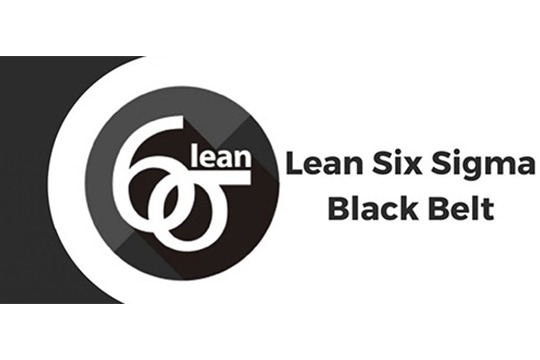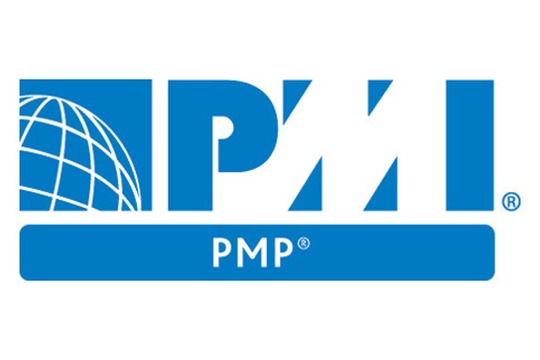Lean Six Sigma Black Belt Training Course
Six Sigma is a Statistical approach of error reduction. It is a worldwide renowned process to eliminate error and improve quality with various kinds of methodologies like DMAIC, DMADV, DFSS and many more. Our Lean Six Sigma Training Course gives insight knowledge of process and their behavior. Also, Lean Six Sigma Training Course helps Professionals to perform beneficial experiments with the help of Statistical Tools to analyze new efficiencies and save a chunk of money for their organization.
We Provide Lean Six Sigma Training Course with best facilitators and experts of counselors. Our Training Provides Great Decision making capability on live projects and real time problems with Problem Solving Skills.
We have defined our Table of Content to deliver on basis of IASSC and also we manage Flexible Hours of Training for working professionals due to their tight schedule.
During Haworth Solution’s delivery process, we give attentive focus on individual learning rather than Table of Content.
Key features
- Real Life Illustration of projects
- One to One Attention by the trainer in Small Batches
- Table of Content Based on IASSC
- Extraordinary Learning Experience
- Flexible Hours of Training
- Classroom & Virtual Both
- Separate Individual Problem Solving Session
Define Phase
- The Basics of Six Sigma
- Meanings of Six Sigma
- General History of Six Sigma & Continuous Improvement
- Deliverables of a Lean Six Sigma Project
- The Problem Solving Strategy Y = f(x)
- Voice of the Customer, Business and Employee
- Six Sigma Roles & Responsibilities
- The Fundamentals of Six Sigma
- Defining a Process
- Critical to Quality Characteristics (CTQ’s)
- Cost of Poor Quality (COPQ)
- Pareto Analysis (80:20 rule)
- Basic Six Sigma Metrics (DPU, DPMO, FTY, RTY Cycle Time, deriving these metrics and these metrics)
- Selecting Lean Six Sigma Projects
- Building a Business Case & Project Charter
- Developing Project Metrics
- Financial Evaluation & Benefits Capture
- The Lean Enterprise
- Understanding Lean
- The History of Lean
- Lean & Six Sigma
- The Seven Elements of Waste (Overproduction, Correction, Inventory, Motion, Overprocessing, Conveyance, Waiting)
- 5S (Straighten, Shine, Standardize, Self-Discipline, Sort)
Measure Phase
- Process Definition
- Cause & Effect / Fishbone Diagrams
- Process Mapping, SIPOC, Value Stream Map
- X-Y Diagram
- Failure Modes & Effects Analysis (FMEA)
- Six Sigma Statistics
- Basic Statistics
- Descriptive Statistics
- Normal Distributions & Normality
- Graphical Analysis
- Measurement System Analysis
- Precision & Accuracy
- Bias, Linearity & Stability
- Gage Repeatability & Reproducibility
- Variable & Attribute MSA
- Process Capability
- Capability Analysis
- Concept of Stability
- Attribute & Discrete Capability
- Monitoring Techniques
Analyze Phase
- Patterns of Variation
- Multi-Vari Analysis
- Classes of Distributions
- Inferential Statistics
- Understanding Inference
- Sampling Techniques & Uses
- Central Limit Theorem
- Hypothesis Testing
- General Concepts & Goals of Hypothesis Testing
- Significance; Practical vs. Statistical
- Risk; Alpha & Beta
- Types of Hypothesis Test
- Hypothesis Testing with Normal Data
- 1 & 2 sample t-tests
- 1 sample variance
- One Way ANOVA (Tests of Equal Variance, Normality Testing and Sample Size calculation, performing tests and interpreting result)
- Hypothesis Testing with Non-Normal Data
- Mann-Whitney
- Kruskal-Wallis
- Mood’s Median
- Friedman
- 1 Sample Sign
- 1 Sample Wilcoxon
- One and Two Sample Proportion
- Chi-Squared (Contingency Tables) Including Tests of Equal Variance, Normality Testing and Sample Size calculation, performing tests and interpreting results
Improve Phase
- Simple Linear Regression
- Correlation
- Regression Equations
- Residuals Analysis
- Multiple Regression Analysis
- Non- Linear Regression
- Multiple Linear Regression
- Confidence & Prediction Intervals
- Residuals Analysis
- Data Transformation, Box Cox
Control Phase
- Lean Controls
- Control Methods for 5S
- Kanban
- Poka-Yoke (Mistake Proofing)
- Statistical Process Control (SPC)
- Data Collection for SPC
- I-MR Chart
- Xbar-R Chart
- U Chart
- P Chart
- NP Chart
- Xbar-S Chart
- CuSum Chart
- EWMA Chart
- Control Chart Anatomy
- Six Sigma Control Plans
- Cost Benefit Analysis
- Elements of the Control Plan
- Elements of the Response Plan

Abhishek N Kumar
Lean Six Sigma Master Black Belt®, Prince2®, ITIL®, Cobit5®, QMS®, ISMS®, Certified Trainer | Mentor | Educationalist
9:15 am – 5:00 pm
Enquire Now!
FAQ :
Lean Six Sigma Training always gives a proper guidance of operation and understanding of requirement on corporate or enterprise level. It is not only guide you to better problem solving and quality management skills but also give opportunity to gain a higher increment in your salary package.
Six Sigma training build up the individual to work on best quality part. So, any individual who have relation directly or indirectly with the Quality process can take the Six Sigma Training.
Online Training program is just a recorded or pre uploaded material with the proper scheduling of content. Whereas, Live Interactive Training program is a real training session where Trainer will be login at their own location and candidate can join from their own via any virtual platform like Gotomeeting or Skype.
Globally, Six sigma black belt takes 140 – 160 Hours to complete all the modules. We also follow the same. We always prepare our Table of Content (IASSC recognized) in manner to help individuals to complete whole training in around 20 Days.
There are no specific Pre Requisites for Six Sigma Black belt program. But, we advise to have a strong process knowledge and understanding. And, that kind of understanding generally demands a 3-4 Years of experience. In sequencing of Belts, we always cover better clarity of Yellow and Green Belt in the Black Belt training program.
Yes we do 100% refunds your paid money if you disagree to join us or dislike our training session before the second session as per your schedule.
After you training completion, you will get a Training Participant Certificate. To get the Six Sigma Black Belt certification, you have to pass one exam or task given by your assigned trainer. Self-Initialized project would also come under consideration and it makes candidate liable to get Six Sigma Black certification.
Your training program will be delivered by
For enrollment of 3 or more than 3 Participants, we always offer the discount as per our accounting capability.
For Enrollment, just click on Register Now under training calendar as per best suitable date.






Lean Six Sigma Green Belt’s Candidate will get 2 Certification after the training.
Training Completion Certificate: This certificate resembles that candidate have successfully completed the Lean Six Sigma Green Belt Training. You can also call it Training Participation Certificate.
Green Belt Certified: After the training program, candidate will be go through one Assessment Test. After clearing the Assessment Test, Candidate will be awarded by Green Belt Certified.
Certification Governing Body: Haworth 6 Sigma Quality Solutions (Logo)